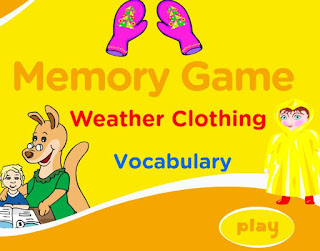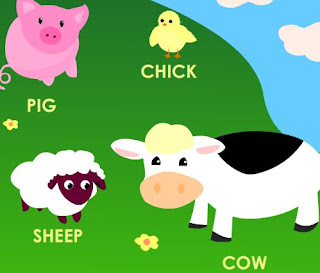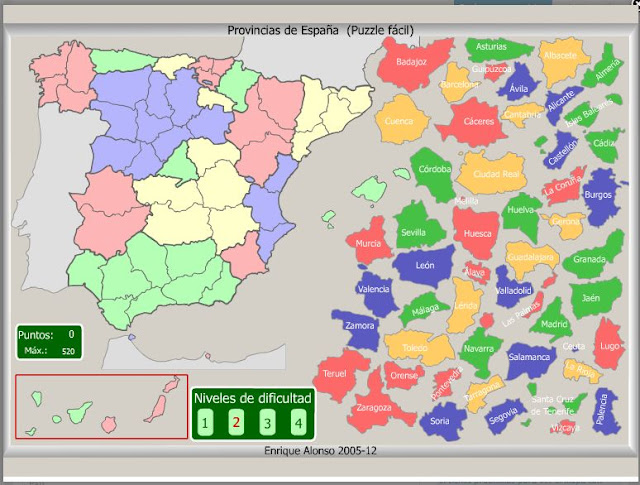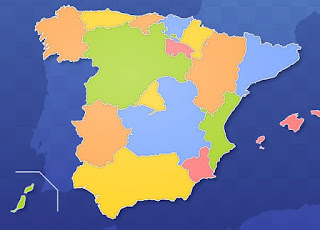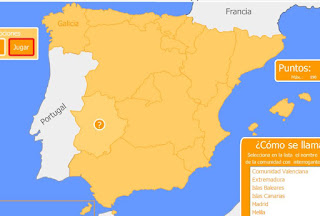martes, 24 de abril de 2018
miércoles, 18 de abril de 2018
domingo, 8 de abril de 2018
lunes, 2 de abril de 2018
jueves, 22 de marzo de 2018
Carnivore, hervibore and omnivore animals
We can classify animals depending on what they eat:
- Carnivores: are animals that only eat other animals.
- Hervibores: are animals that only eat plants.
- Omnivores: are animals that eat everything (animals and plants).
Animals classification: vertebrate animals
Animals are classified into vertebrate and invertebrate animals.
Vertebrates have a backbone. Mammals, fish, amphibians, birds and reptiles are vertebrates.
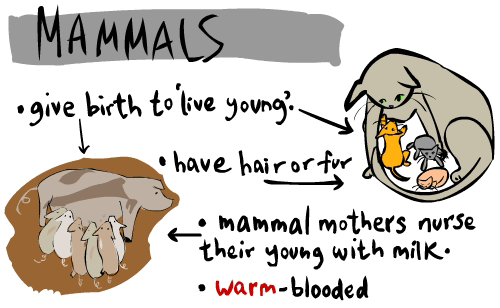
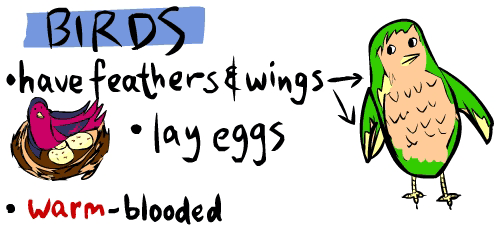
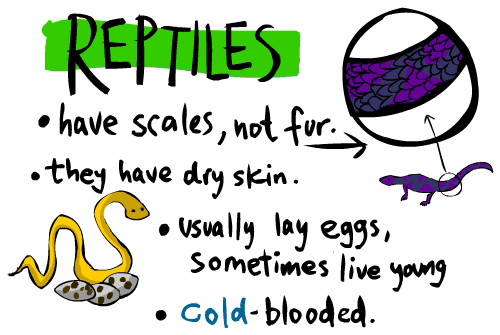
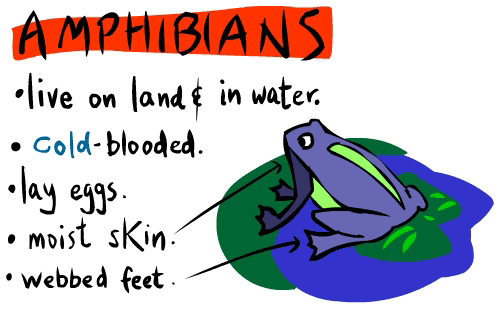
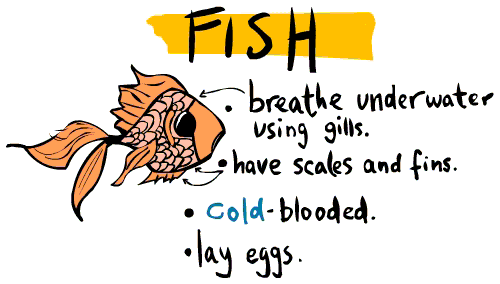
If you want to know more click here!
Animal games!!!
Here there are a lot of games to practice more things about the animals!!Let's have fun!!
- Jungle animals:
- Forest animals:
- Farm animals:
- Ocean animals:
Vocabulary
- Jungle animals:
- Farm animals:
- Ocean animals:
Classification game:
Living and non-living things
Where does she work? - 2
Aquí os dejo una entrada para repasar el vocabulario que acabamos de terminar:
Y estas son las expresiones que hemos aprendido, por si las queréis practicar en casa:
- What's his job? / What does he do?
- He is a firefighter.
- He works in a fire station.
- What's her job? / What does she do?
- She is a doctor.
- She works in a hospital.
YES / NO QUESTIONS:
- Does he work in a police station?
- Yes, he does.
- No, he doesn't.
- Does she work in a school?
- Yes, she does.
- No, she doesn't.
Autonomous communities of Spain
Después de las vacaciones veremos los territorios en los que se divide España. Aquí os dejo un vídeo y un juego de las comunidades autónomas.
AUTONOMOUS COMMUNITIES OF SPAIN
There are 17 AUTONOMOUS COMMUNITIES in Spain and 2 autonomous cities in the north of Africa.
The 17 AUTONOMOUS COMMUNITIES are: Galicia, Asturias, Cantabria, País Vasco, Navarra, La Rioja, Aragón, Cataluña, Comunidad Valenciana, Murcia, Andalucía, Extremadura, Castilla-La Mancha, Castilla y León, Comunidad de Madrid, Islas Baleares and Islas Canarias.
The 2 AUTONOMOUS CITIES are Ceuta and Melilla.
Each autonomous community is divided into ONE or MORE PROVINCES. Each province has one CAPITAL CITY.
¡¡Tenéis distintos niveles de dificultad para poder practicar!! Let's play!!!
Y si queréis aprender más, os dejo también el mapa de las provincias.
AUTONOMOUS COMMUNITIES OF SPAIN
There are 17 AUTONOMOUS COMMUNITIES in Spain and 2 autonomous cities in the north of Africa.
The 17 AUTONOMOUS COMMUNITIES are: Galicia, Asturias, Cantabria, País Vasco, Navarra, La Rioja, Aragón, Cataluña, Comunidad Valenciana, Murcia, Andalucía, Extremadura, Castilla-La Mancha, Castilla y León, Comunidad de Madrid, Islas Baleares and Islas Canarias.
The 2 AUTONOMOUS CITIES are Ceuta and Melilla.
Each autonomous community is divided into ONE or MORE PROVINCES. Each province has one CAPITAL CITY.
¡¡Tenéis distintos niveles de dificultad para poder practicar!! Let's play!!!
Y si queréis aprender más, os dejo también el mapa de las provincias.
viernes, 23 de febrero de 2018
Let's practice some grammar. Review.
Recordad las flores con diferentes pétalos que tenemos decorando nuestra clase. Cada flor tiene unos pétalos con unos pronombres diferentes. Por ejemplo, la flor "are" tiene unos pétalos que se llaman "you, we, they".
Read the pronouns
Igual que en español, en inglés utilizamos diferentes palabras para hablar de personas distintas:
Read the pronouns
- I (yo)
- You (tú)
- He (él)
- She (ella)
- It (lo utilizamos para cosas, animales, lugares...)
- We (nosotros)
- They (ellos)
Now you can practice all forms of verb be:
Igual que en español, en inglés utilizamos diferentes palabras para hablar de personas distintas:
What time is it?
Suscribirse a:
Entradas (Atom)






